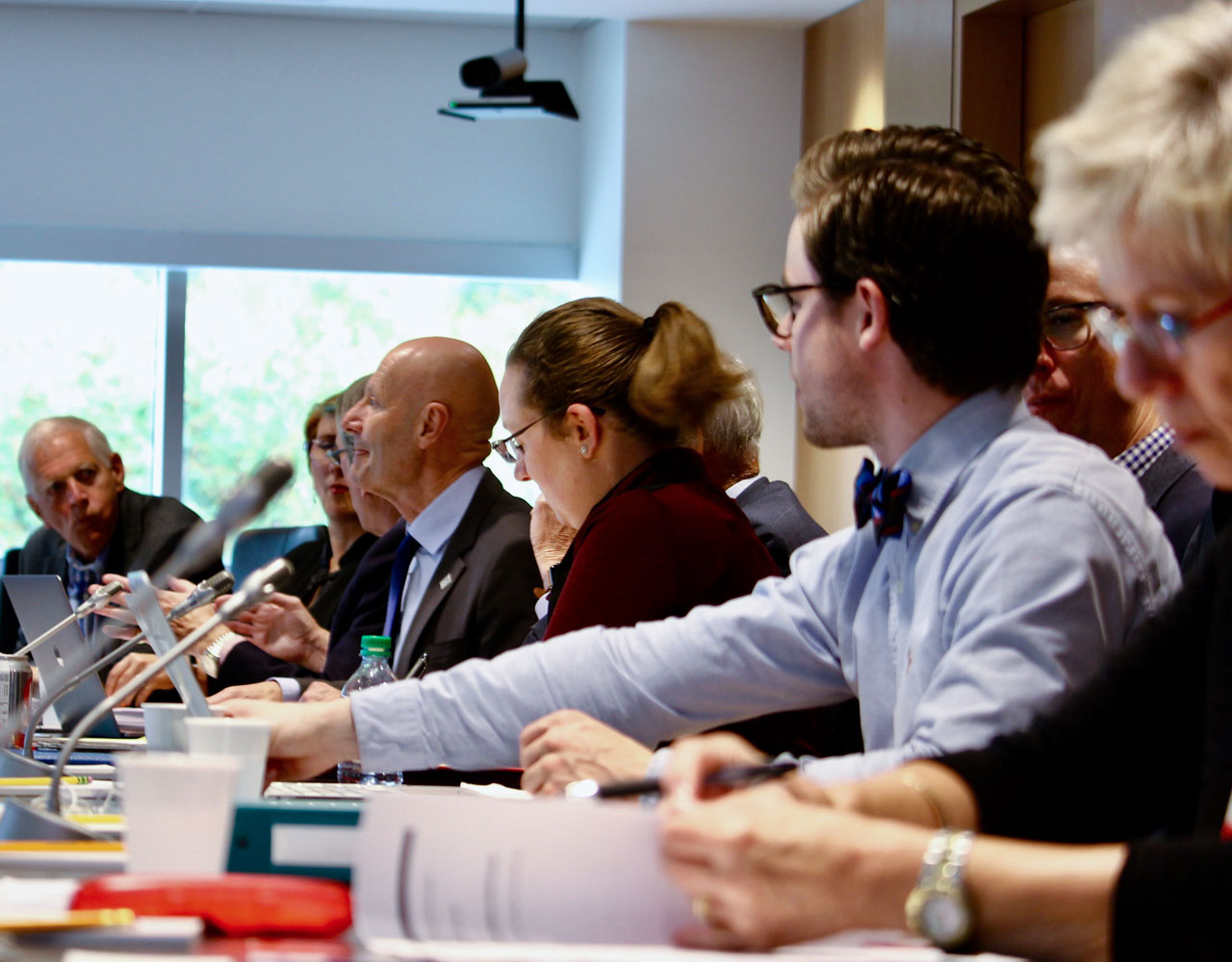Carleton students have elected two new undergraduate and two new graduate students to fill four seats on the Board of Governors (BoG) for the 2018-19 academic year.
According to Carleton’s website, the BoG is responsible for “making budgetary decisions and establishing policies it deems necessary to ensure sound management of the university.”
Amanda Goth, the university’s secretary, defined the roles and responsibilities of the BoG in an email. She said some of the BoG’s responsibilities include making long-term decisions about the university and its direction, as well as ensuring accountability and transparency.
She said that student governors have the same voting rights as all other governors.
“There is no hierarchy. Every member has equal say and equal voting rights,” she said.
Goth said the board is composed of 32 members including the university president, chancellor, four student governors, two members of the Senate, two academic staff members, two administrative staff members, two alumni representatives, and 18 community-at-large members.
Natalie Prowse, a current graduate student governor, said in an email she believes student governors play a significant role on the board.
“The board wants and encourages the participation of student representatives, so that student concerns can be heard directly through those representatives,” she said.
Liam Harrington, a current undergraduate student governor, added that students deserve to be represented on the board.
“Students represent the largest group of stakeholders at the university. Board meetings provide the opportunity for student governors to address particular high-level issues facing the student body to generate discussion and hopefully, substantive change,” he said in an email.
Apart from voting for or against motions, Goth said that student governors can also propose their own motions and emphasize specific changes the university might want to make.
“A student governor can propose a motion by gaining recognition from the Chair to make a proposed motion. Motions [must] be seconded before the subject matter is open for debate. When every member who wishes to speak has done so, the Chair calls the vote,” she said.
Prowse said that one of the things she’s worked on during her time as a governor is improving engagement with stakeholders, such as about the Sexual Violence Policy.
“I have had one-on-one conversations with other board members and members of the administration and was pleased to hear that the administration is looking at revising [the Sexual Violence Policy] through greater consultation this year,” she said.
Prowse said she has also worked toward increasing scholarships and funding for students.
“I have supported proposals which would enhance funding support for both graduate and undergraduate students, and improve library services and research capacity,” she said.
However, Prowse said that being a student governor is a significant time commitment. She advised against running for the position if a candidate simply wanted to “pad their resume” without genuinely participating.
“There are many reports to be read and understood, and this requires time and learning,” she explained. “There may be a steep learning curve in terms of understanding how to read financial reports and government documents.”
Harrington said he encourages any students who are interested in running to go for it.
“It is a position that allows students to develop invaluable skills and have an opportunity to make a difference,” he said. “It certainly has been a fantastic experience for myself.”
The names of the newly-elected student governor candidates will be presented for ratification to the BoG at a meeting on June 28.
Photo by Aaron Hemens






